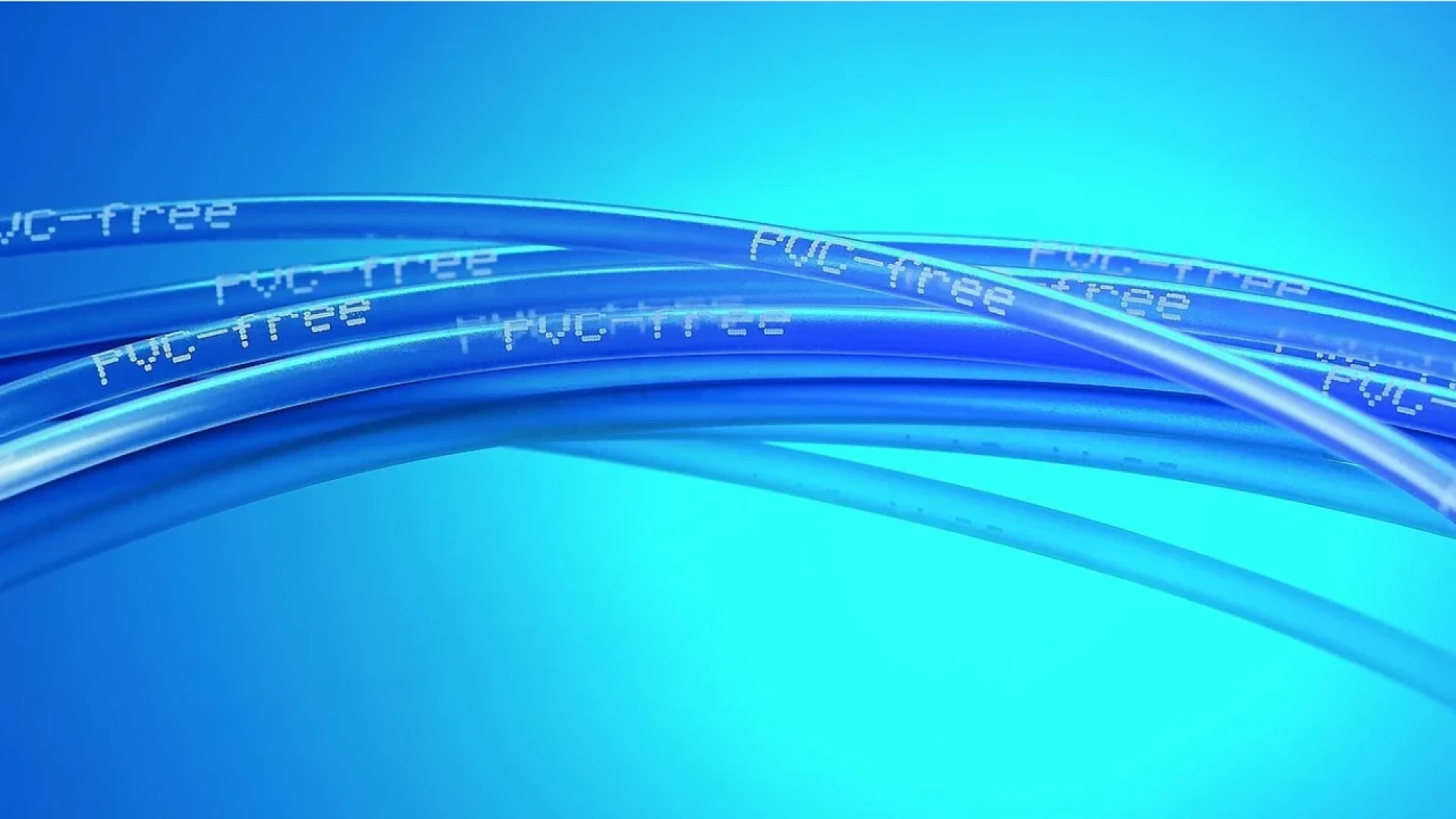The important role of PVC in medicine and medical technology
Selecting the right materials for medical tubing and devices plays a critical role in their development. Polyvinyl chloride (PVC) has long been the preferred material for many medical applications. However, today alternative materials are becoming increasingly important.
Definition: What is medical PVC?
PVC stands for Polyvinylchloride, a polymer consisting mainly of chlorine. By adding plasticizers, PVC becomes soft and flexible. These properties make it a desirable material for medical products.
Criticism of the use of PVC in medical devices
Criticism of PVC in medical devices mainly relates to the plasticizers it contains. One well-known plasticizer, DEHP or DOP, has been criticized for its reproductive toxicity and ease of triggering. To eliminate this risk, companies such as Raumedic have been using DEHP-free and phthalate-free plasticizers such as noDOP (TEHTM), whose migration risk is 100 times lower, for several years. The EU Commission has also taken action and issued an exemption for the use of DEHP in blood bags and transfusion tubing, which is expected to remain in force until 2025.
Advantages of using PVC in medical devices
PVC is particularly well-suited for single-use plastic medical devices. It is cost-effective, easy to process and has a proven track record over decades. PVC has helped improve healthcare through its tissue and blood compatibility, as well as its ability to be sterilized in the clinical setting.
Future role of PVC in medical applications
The future of PVC in medical technology and the pharmaceutical industry depends on economic aspects. If alternative materials with similar properties and comparable costs dominate the market, PVC could be replaced in the long term. Otherwise, PVC will continue to play an important role because it is biocompatible, sterilizable, flexible, transparent, robust and cost-effective.


